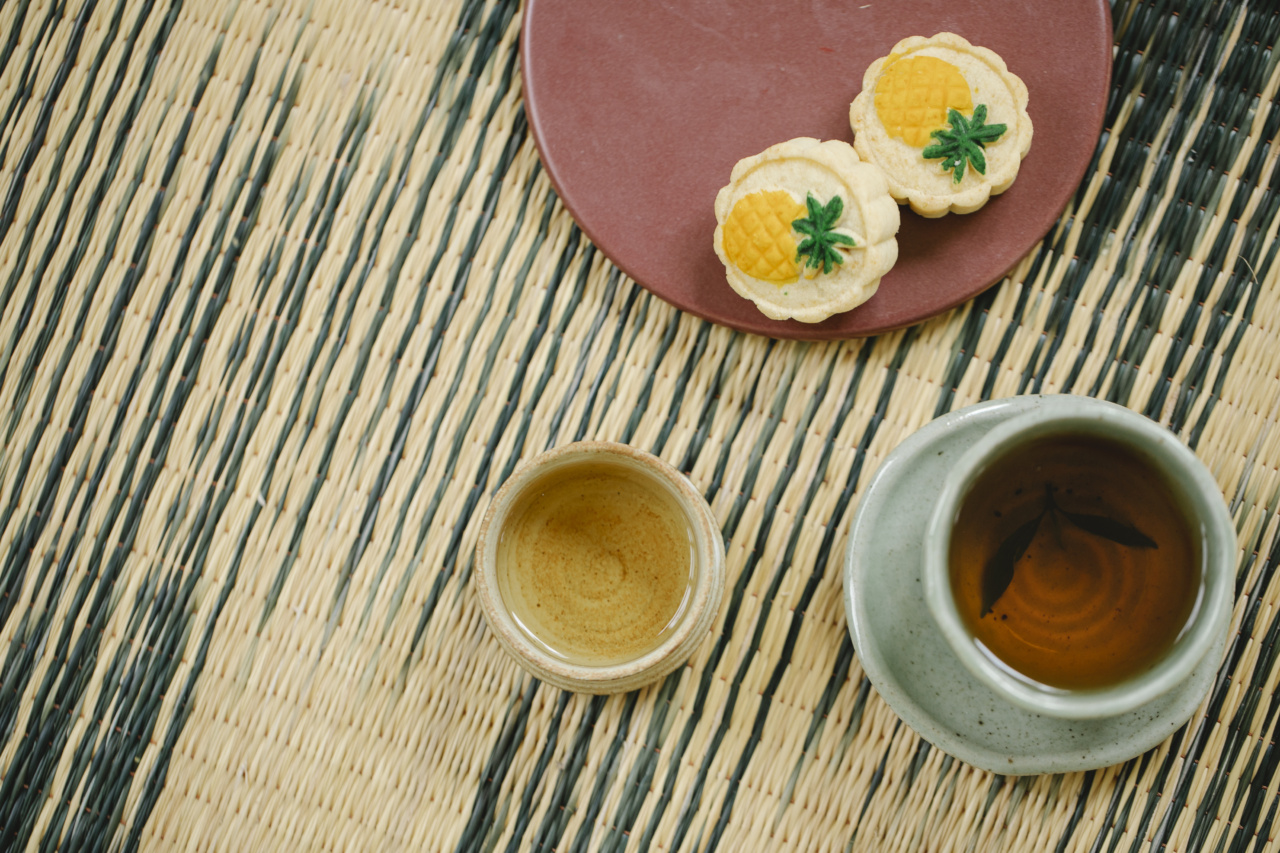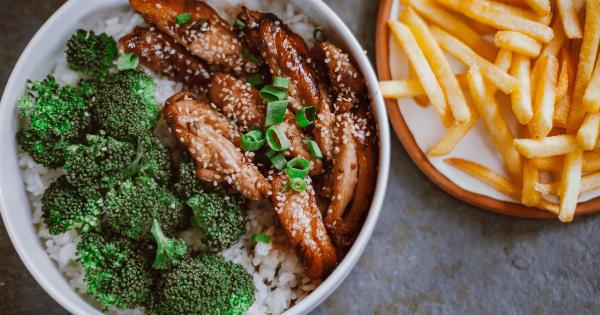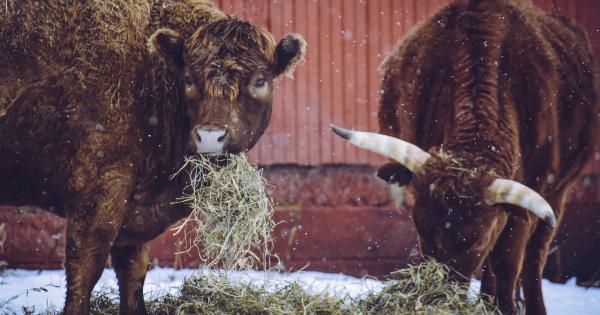Tea has been consumed for centuries and is deeply ingrained in various cultures around the world. From the soothing ritual of an afternoon tea party to the invigorating flavors of a morning brew, tea has captivated the hearts and tastebuds of millions.
While most people are familiar with the classic black tea, there is a vast and diverse world of tea waiting to be explored. In this article, we will delve into the different types of tea, their unique characteristics, and the mystical journey of transforming tea leaves from their natural state to a vibrant green infusion.
Black Tea: A Timeless Classic
Black tea is perhaps the most widely recognized and consumed type of tea. It undergoes a process of withering, rolling, oxidation, and finally, drying.
The leaves turn dark and develop a robust flavor during the oxidation process, resulting in a deep amber liquor.
Some popular varieties of black tea include Assam, Darjeeling, Earl Grey, and English Breakfast. Whether enjoyed plain or with a splash of milk and sugar, black tea has a rich and invigorating taste that provides a quick pick-me-up.
Green Tea: The Elixir of Health
Green tea has gained immense popularity in recent years for its numerous health benefits. Unlike black tea, green tea undergoes minimal oxidation, allowing it to retain its vibrant green color and delicate flavor profile.
The leaves are typically heated or steamed to halt the oxidation process, preserving the tea’s natural antioxidants.
Rich in catechins and polyphenols, green tea is believed to promote weight loss, boost metabolism, improve heart health, and provide a wealth of other benefits. Popular varieties include Matcha, Sencha, and Jasmine green tea.
Oolong Tea: The Perfect Balance
Oolong tea sits somewhere between the robustness of black tea and the delicate flavors of green tea. It is partially oxidized, allowing it to strike a fine balance between the two extremes.
This type of tea undergoes a more complex processing method that involves withering, rolling, and oxidation for a specific duration before it is fired to stop the oxidation process.
Oolong tea is known for its diverse flavors, ranging from floral and fruity to woody and toasty. From the famous Tieguanyin to the dark and rich Wuyi Rock tea, oolong tea offers a unique and satisfying tea-drinking experience.
White Tea: The Epitome of Elegance
White tea is the least processed among all types of tea. It is made from the bud and young leaves of the tea plant, which are handpicked and gently dried. The minimal processing preserves the delicate flavor and subtle nuances of the tea.
Due to its minimal processing, white tea retains a high concentration of antioxidants, making it a popular choice for those seeking health benefits. In terms of taste, white tea offers a light, floral, and slightly sweet experience.
Silver Needle and Bai Mu Dan are well-known varieties of white tea.
Pu-erh Tea: The Aged Marvel
Pu-erh tea is a unique type of tea that undergoes a fermentation or aging process, sometimes for several years. This process gives pu-erh tea its distinct earthy aroma and taste.
The tea leaves are typically compressed into cakes or bricks, allowing them to age and develop over time.
Pu-erh tea is beloved by tea connoisseurs for its complex flavors and potential health benefits. It is believed to aid digestion, reduce cholesterol levels, and promote weight loss.
Pu-erh tea can be enjoyed either in its raw (sheng) or ripened (shou) form, each offering a different tea-drinking experience.
Rooibos Tea: Nature’s Caffeine-Free Delight
Rooibos tea, also known as red tea, is made from the leaves of the Aspalathus linearis plant native to South Africa. Unlike traditional tea made from the Camellia sinensis plant, rooibos tea is naturally caffeine-free and low in tannins.
With its vibrant red color and naturally sweet taste, rooibos tea has gained popularity as a caffeine-free alternative. It is rich in antioxidants, minerals, and vitamins, offering potential health benefits and a soothing tea-drinking experience.
Herbal Tea: Infusions of Nature
Herbal teas are not technically teas but infusions made from various herbs, flowers, fruits, and spices. These caffeine-free concoctions offer a delightful array of flavors and often provide therapeutic benefits.
From the calming qualities of chamomile and the soothing effects of peppermint to the spicy warmth of ginger and the floral notes of hibiscus, herbal teas offer something for everyone.
They can be enjoyed hot or iced, plain or sweetened, making them a versatile choice for both relaxation and rejuvenation.
Yellow Tea: A Rarity in a Cup
Yellow tea is a rare and lesser-known type of tea that falls between green tea and white tea. It is produced through a meticulous process that involves slight oxidation and a yellowing step during processing.
Yellow tea offers a delicate flavor profile with a hint of sweetness and a smooth, mellow finish. Due to its rarity, yellow tea is not as widely available as other tea types.
However, for those fortunate enough to taste it, yellow tea provides a unique and unforgettable experience.
Exploring Tea Cultures around the World
Tea holds a significant place in the cultural and social fabric of various countries.
From the elaborate tea ceremonies in Japan and China to the comforting tradition of afternoon tea in Britain, tea brings people together and creates cherished moments.
Each culture has its unique traditions, rituals, and preferred tea types. Matcha is at the heart of Japanese tea ceremonies, while the British hold a fondness for black tea accompanied by scones and clotted cream.
The Chinese tea culture covers an expansive range of teas, with many regional specialties and brewing techniques.
The Journey from Leaf to Cup
The process of transforming tea leaves into the beverage we enjoy involves several crucial steps.
Harvesting: The leaves are carefully handpicked, ensuring only the young and tender ones are selected. This step determines the quality of the tea.
Withering: The freshly plucked leaves are spread out to lose moisture, which softens them and prepares them for the subsequent steps.
Rolling: The withered leaves are rolled, twisted, or shaped to break down the cell structure and release the essential oils and flavors within.
Oxidation: In the case of black tea and some oolong teas, the leaves are allowed to oxidize, which causes them to turn dark and develop their characteristic flavors.
Drying: The final step involves firing or drying the leaves to stop the oxidation process, retain the flavors, and ensure their longevity.
It is through this journey that the tea leaves are transformed into the aromatic, flavorful, and comforting drink we savor.
The Magic of Tea: Health Benefits and More
Tea offers far more than a delicious experience. It is believed to provide a myriad of health benefits due to its natural compounds and antioxidants.
Some potential benefits of tea consumption include:.
- Improved heart health and reduced risk of cardiovascular diseases
- Enhanced digestive function and reduced risk of gastrointestinal disorders
- Increased metabolism and potential aid in weight management
- Boosted immune system and protection against certain diseases
- Promotion of relaxation, mental clarity, and focus
- Antioxidant properties that combat oxidative stress and inflammation
While tea cannot replace a healthy lifestyle and medical advice, incorporating tea into your routine may complement your well-being.
Conclusion
From the wide array of black teas to the delicate flavors of green and white teas, the world of tea offers a sensory adventure like no other.
Exploring the diverse types, flavors, and cultures of tea enables us to develop a deeper appreciation for this ancient beverage.
Whether you prefer a robust cup of Assam, a fragrant infusion of jasmine green tea, or a soothing blend of herbal concoctions, there is a tea for every taste and occasion.
So, next time you reach for your favorite tea, take a moment to savor the journey from nature’s foliage to your teacup.































